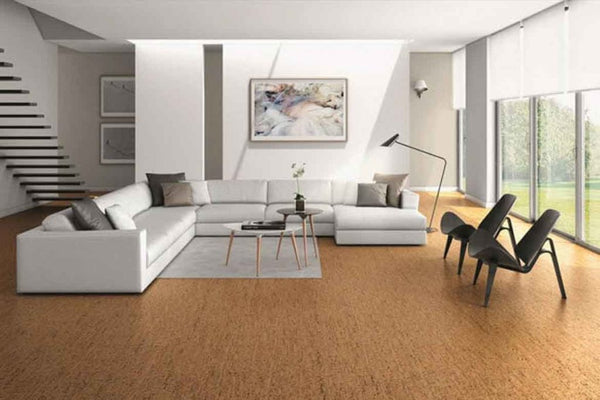
Sustainable Building: Low-Impact Home Construction
Embarking on a home construction project provides a unique opportunity to not only create a dream home but also to contribute to environmental sustainability. Low-impact home construction focuses on minimizing the environmental footprint throughout the building process. In this article, we explore the principles and benefits of sustainable building practices.
Environmental Impact Reduction: The Core Principle
At the heart of low-impact home construction is the commitment to reducing the environmental impact associated with building. This involves conscious choices at every stage of the construction process, from material selection and site preparation to waste management and energy efficiency. By prioritizing environmental considerations, homeowners and builders can play a role in mitigating the impact of construction on the planet.
Energy-Efficient Design: Minimizing Operational Costs
One of the key aspects of low-impact home construction is the integration of energy-efficient design principles. This includes strategically placing windows to optimize natural light, incorporating proper insulation for temperature control, and utilizing energy-efficient appliances and systems. Such considerations not only contribute to environmental sustainability but also result in long-term cost savings for homeowners through reduced energy consumption.
Sustainable Materials Selection: From Foundation to Finishes
Choosing sustainable materials is a fundamental aspect of low-impact home construction. This involves opting for responsibly sourced wood, recycled or upcycled materials, and those with low environmental impact. From the foundation and framing to the finishes and fixtures, selecting materials with eco-friendly certifications ensures that the entire construction process aligns with sustainability goals.
Site Selection and Preparation: Preserving Ecosystems
Low-impact construction begins with thoughtful site selection and preparation. Choosing a location that minimizes disruption to ecosystems and wildlife habitats is essential. Additionally, utilizing construction methods that reduce soil disturbance and erosion helps preserve the natural environment surrounding the building site. The goal is to harmonize the construction with the existing landscape.
Water Conservation Strategies: Efficient Use and Reuse
Water conservation is a crucial consideration in low-impact home construction. Implementing strategies such as rainwater harvesting, efficient irrigation systems, and water-saving fixtures contributes to minimizing water consumption. Additionally, incorporating greywater systems for non-potable water use further enhances sustainability by reusing water from sinks, showers, or laundry for landscape irrigation.
Waste Reduction and Recycling: From Demolition to Construction
A significant challenge in traditional construction is the generation of construction waste. Low-impact construction aims to reduce waste by prioritizing recycling and responsible disposal practices. Salvaging materials during demolition, recycling construction waste, and incorporating recycled materials into the new build are effective ways to minimize the environmental impact associated with waste.
Green Roof and Sustainable Landscaping: Enhancing Biodiversity
Innovative features like green roofs contribute to the sustainability of a home. Green roofs involve planting vegetation on the roof surface, providing insulation, absorbing rainwater, and enhancing biodiversity. Additionally, implementing sustainable landscaping practices, such as native plantings and permeable surfaces, further supports environmental conservation around the constructed space.
Renewable Energy Integration: Harnessing Natural Resources
Low-impact home construction often involves the integration of renewable energy sources. This can include solar panels, wind turbines, or other clean energy solutions. Harnessing natural resources to power the home not only reduces reliance on traditional energy grids but also contributes to the overall reduction of carbon emissions associated with energy consumption.
Certifications and Standards: Validating Sustainability Practices
To ensure adherence to sustainable practices, low-impact home construction projects may seek certifications from recognized environmental standards organizations. Certifications like LEED (Leadership in Energy and Environmental Design) or Passive House certification validate that the construction meets rigorous sustainability criteria. Achieving such certifications provides homeowners with assurance that their home has been constructed with a focus on environmental responsibility.
Financial Incentives and Long-Term Benefits: Value Beyond Construction
Investing in low-impact home construction can come with financial incentives and long-term benefits. Governments and municipalities may offer incentives or tax breaks for sustainable building practices. Additionally, the energy efficiency and reduced operational costs associated with sustainable construction contribute to long-term financial savings for homeowners.
Linking Sustainability and Home Construction: Explore More
Explore the principles and benefits of low-impact home construction at indidesignhome.my.id. The website provides insights, resources, and inspiration for incorporating sustainable practices into your home construction project. By embracing low-impact building methods, homeowners can create not only beautiful and functional spaces but also contribute to a more sustainable and eco-friendly future.



